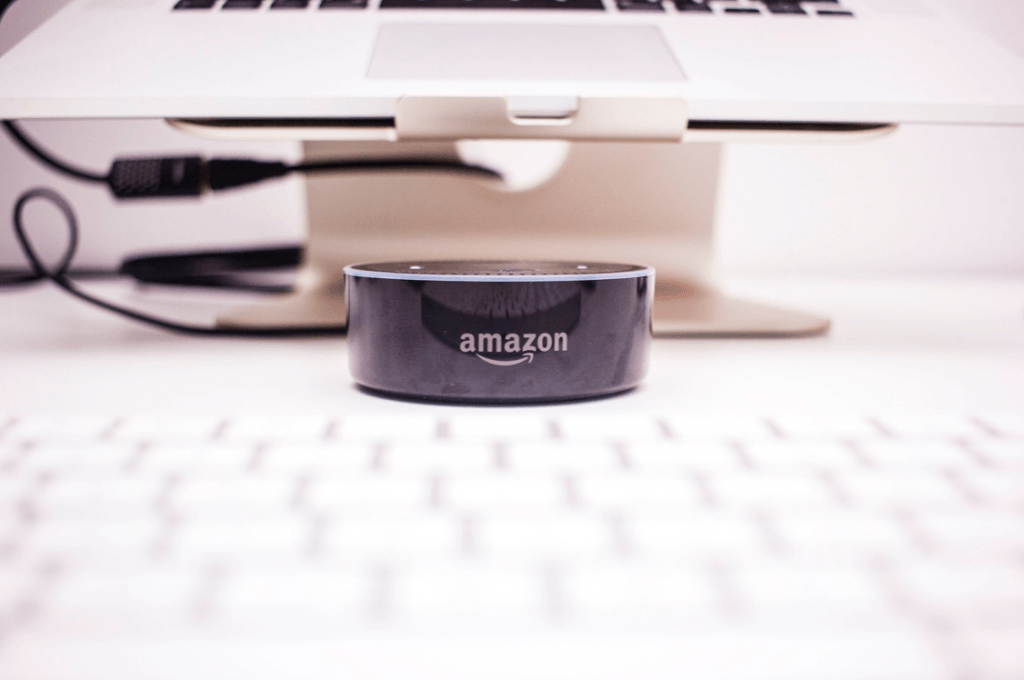
Amazon’s drone delivery service, Prime Air, is set to extend its reach to the UK and Italy by the end of 2024. This indicative of a wider trend, as drone delivery services gain altitude globally with Walmart having already completed over 10,000 drone deliveries and other companies such as Alphabet (parent company of Google) and Zipline also competing in this space. Amazon’s latest MK30 drone can withstand various weather conditions and operate in light rain, promising deliveries in under 60 minutes. This comes as drone delivery is seen as a more efficient means of serving online shoppers. The technology still faces challenges in terms of public acceptance and safety concerns.
- Amazon’s Prime Air drone delivery service expands to the UK and Italy by the end of 2024.
- The advanced MK30 drone promises quick deliveries, facing competition from Walmart, Alphabet, and others.
- Regulatory approval, public acceptance, and safety concerns remain challenges in the drone delivery industry.
Amazon’s Prime Air expansion
Amazon’s Prime Air service has announced its first foray into European airspace, outlining plans to launch its drone delivery service in the UK and Italy by the end of 2024. The expansion follows successful operations in the US, where the service has already delivered “thousands” of packages. The plan will use existing distribution centres, eliminating the need for building special drone hubs. Initial setup will include one distribution centre with delivery drones in each country, with additional centres to follow.
Prime Air’s new MK30 drone is designed to withstand diverse weather conditions, including light rain, and can deliver packages weighing up to 5 pounds (2.27 kilograms). This opens the door for quick and convenient deliveries, with customers expected to receive their orders within an hour. The drone uses advanced “sense and avoid” technology to detect and steer clear of obstacles, enhancing flight safety. It also boasts a quieter flight, with custom-designed propellers reducing perceived noise by almost half.
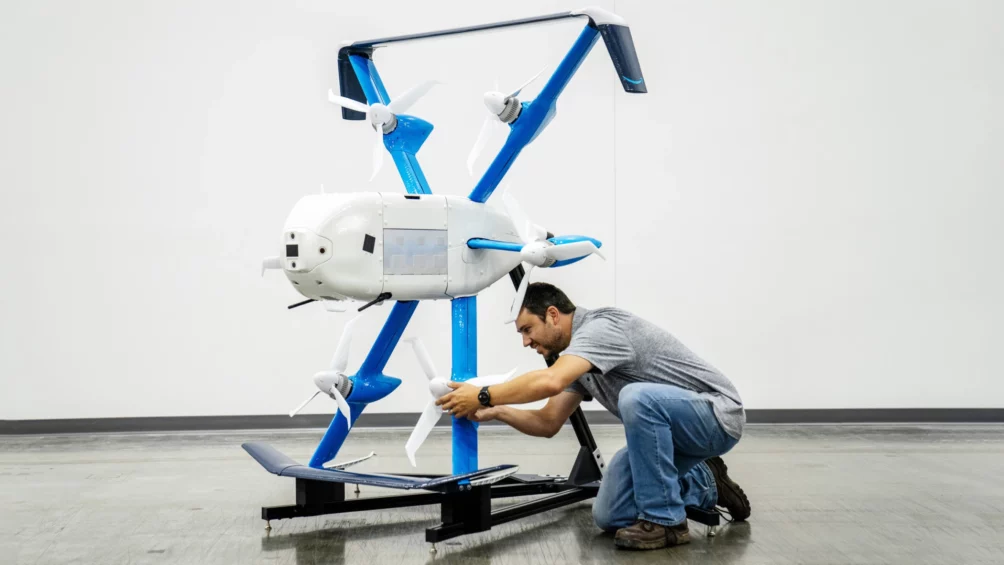
Competing in the drone delivery industry
Amazon is not alone in this venture. Other companies are also making strides in the drone delivery industry. Walmart, for example, claims to have completed over 10,000 drone-based deliveries since starting its program two years ago. Alphabet’s Wing and Zipline are also vying for a piece of the drone delivery pie, claiming to have completed hundreds of thousands of commercial drone deliveries.
In Europe Sweden has been at the technological and regulatory forefront. Aerit, a start-up, has obtained operational permission from the Swedish national transport bureau to trial last-mile drone delivery. The company’s aspiration is to become the world’s leading drone delivery service.
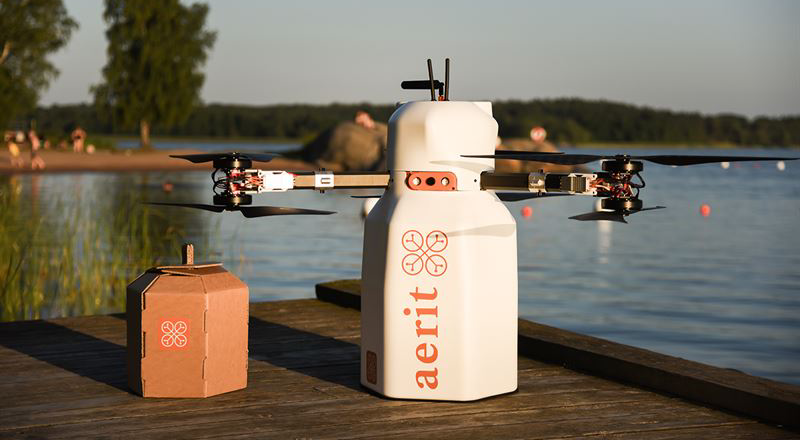
In many places there have been experiments with medical drones, delivering medicine and equipment. For example in the Netherlands, a start-up has been testing the delivery of Automated External Defibrillators (AEDs) in the port area of Delfzijl. Implementing drones for medical emergencies could be a lifesaver, especially when ground traffic is congested.
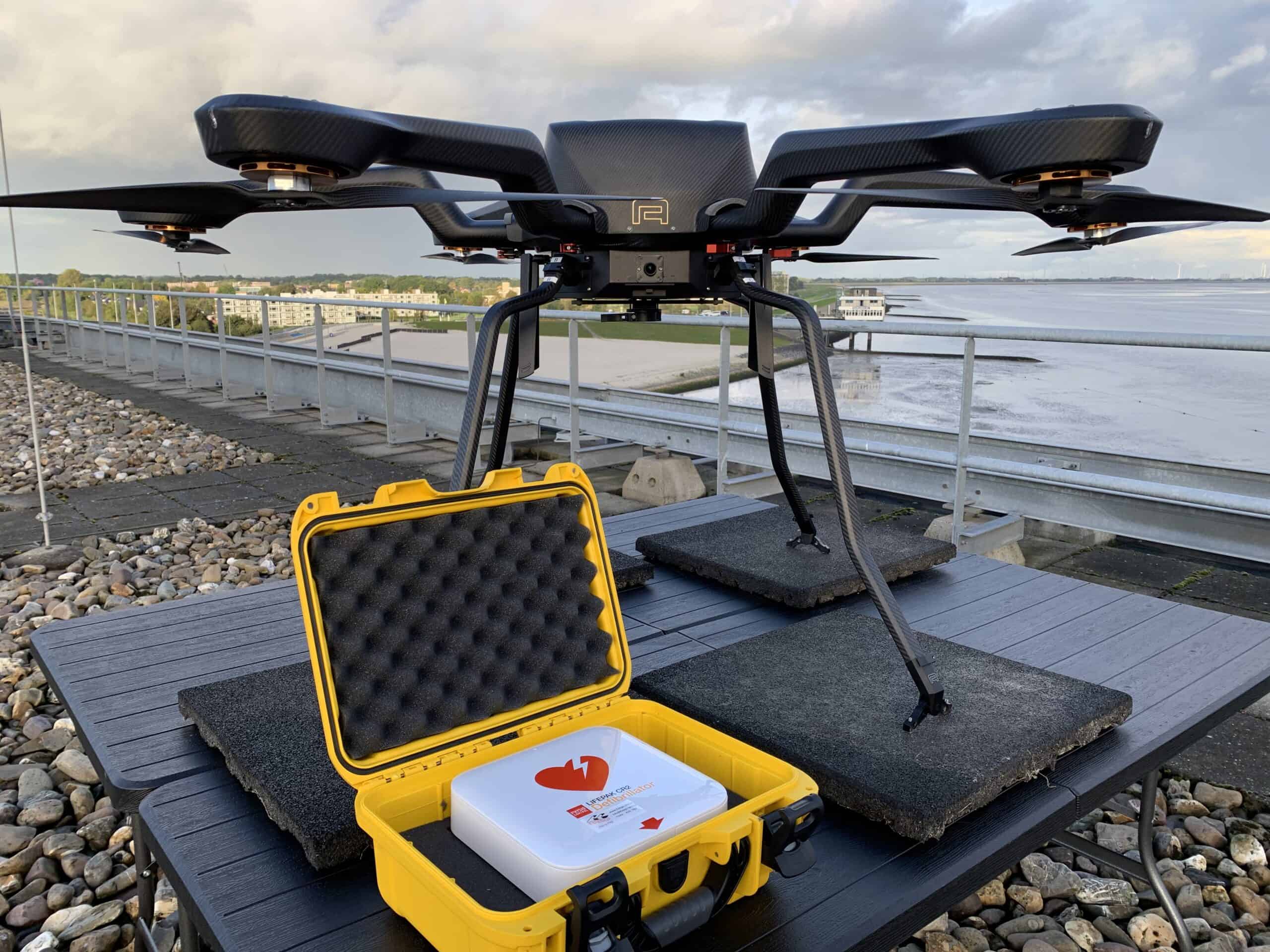
The future of drone delivery
In the summer of 2023 the future of drones was on full display at the Urban Air Mobility Hub in the High Tech Campus Eindhoven. Demonstrations included autonomous flying drones, airspace management systems, and in-flight battery swap technology. Companies showcased a variety of innovative technologies, such as a docking system for autonomous missions, a remote driving system for drones, and an AI platform to analyse drone footage for inspection purposes.
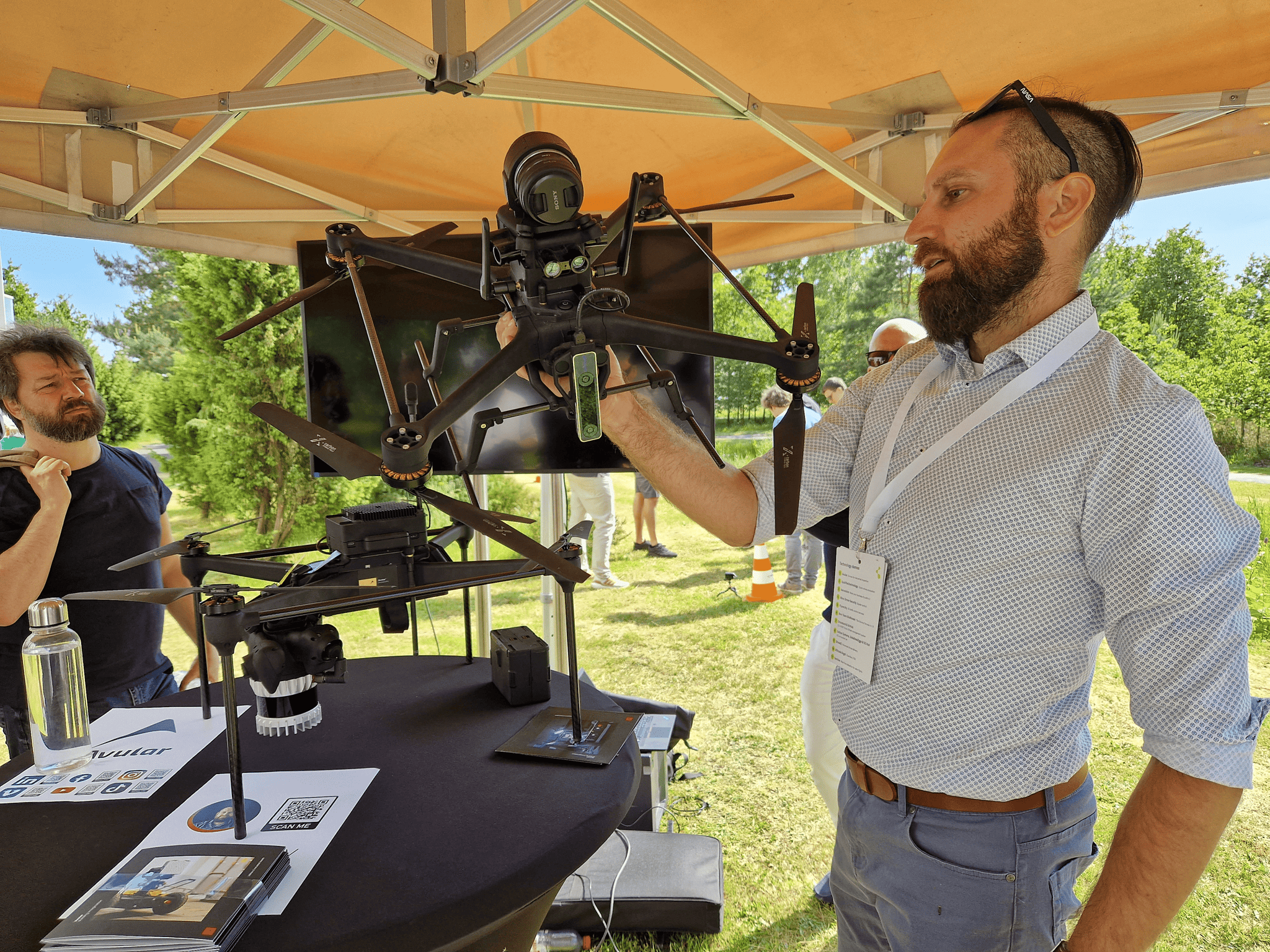
Despite the evident technological advancements, the success of drone delivery depends on regulatory approval. The European Union Aviation Safety Agency (EASA) sets the framework for safe operation of civil drones in Europe. It has defined three categories of civil drone operations: open, specific, and certified, each requiring different levels of operational authorisation, certification, and pilot licensing. Drone operators also need to have appropriate insurance cover for their drone and are responsible for ensuring compliance with all regulations.
Challenges and prospects
Despite the optimism surrounding drone delivery, it is not without its challenges. The technology still faces hurdles in terms of public acceptance and safety concerns. The question remains whether suburban neighbourhoods are ready for the launch of drone fleets. The presence of weather restrictions and regulations from the FAA in the US and the EASA in the EU has limited Prime Air’s operations in certain regions.
The determination to overcome these challenges is evident. As Amazon’s David Carbon, who is leading the Prime Air project, points out, delivery drones have not lived up to the hype so far, but developers are determined to prove their viability in the future of shopping. With the ongoing developments and regulatory advances, the skies may soon be buzzing with delivery drones.


